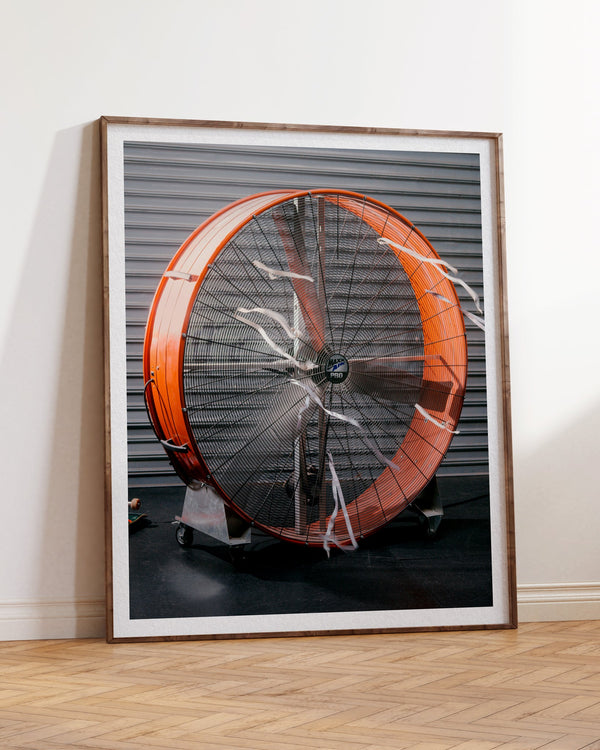Tell us more about your background and what inspired you to become a photographer
I grew up in Oslo, Norway, and used our immediate access to nature as a getaway when I was a kid – so my interest in the medium was very much rooted in nature and macro photography. As a young teenager, I read several books on the future prospects of climate change and its impact on biodiversity, which led me to approach nature photography as a way of archiving an ecosystem that I understood to likely be temporary. It's only in recent years that I’ve heard more serious talk around climate anxiety and depression. For me, photography has always been a very personal way to both combat and come to terms with these complicated feelings, even if it was just something I did for myself.
Although you are now based in Brooklyn, you were born and raised in Norway, and also lived for a period in Berlin. How did your background influence your work?
In my early 20s, I ran a fairly successful music blog together with a friend in Berlin, and got involved in DIY music scenes between Europe and the US. While living and studying in Berlin, I spent a lot of time traveling between the two continents to photograph artists backstage at music festivals, and documenting my friends' bands on tour. For some time I wanted to pivot to working in the music industry (I have a tendency to have a lot of hobbies), but eventually pivoted to working as a photographer full-time. As much as I loved being surrounded by all the incredible art and music in Berlin, the scene was beginning to feel restrictive in terms of further developing my editorial work. Few people talk about how insular and cliquey the Berlin art scene can be, and I felt out of place in my community. I think that being in New York, where I already had a strong community of friends in music and art has helped influence my work more than my time in Berlin ever did. There is a much stronger sense of camaraderie and community here – and perhaps because it is more necessary when you live in the shadows of unforgiving and cruel American capitalism. While my photography has always been an outlet for my personal experiences, it is still a highly collaborative process, and I find that there is generally more community support and excitement around collaboration in New York City.

Can you share more about the correlation between your fine art photography and your work in (editorial) and commercial photography?
I think I approach fine art, editorial and commercial photography in a similar fashion, though with varying degrees of assistance. I often scrap my pre-planned concepts on the day of the shoot, in favor of new ideas that come to life while I'm shooting. I've learned to lean into these strengths a lot more over the years, which to me means to respect and leave room for improvisation – 90% of the time, improvised concepts end up being my favorite images. Similarly, some of my best work on the fine art side of things have come from editorial commissions, and they ended up having a life of their own. But I also love creating personal work on a smaller scale. One of my best friends (and collaborators) Juan Felipe and I have made endless amounts of work together – and much of it ended up in my first book, One Another, while we were stuck in Colombia for 4 months at the beginning of the pandemic. They share a similar, childlike curiosity to nature and photography as I do, and we tend to get completely immersed in our own world while we work. It is important to me to have fun and lean into playfulness in any given situation – and I think a lot of beauty can come out of that genuine love for the craft.
How would you describe your work?
This is every artist's least favorite question (ha), but I like to think that it lives somewhere in an intersection of fantasy and reality. Magic realism has been used a lot by other folks when describing my work, and being the sci-fi/fantasy/d&d nerd that I am, it feels like an accurate way to describe the way I see things around me. I think a lot about a phrase from biochemist Nick Lane's The Ten Great Inventions of Evolution – a book that a dear friend (and fellow scientist) left behind after he passed: “Life itself turned our planet blue and green, as tiny photosynthetic bacteria cleansed the oceans of air and sea, and filled them with oxygen. Powered by this new and potent source of energy, life erupted. Flowers bloom and beckon, intricate corals hide darting goldfish, vast monsters lurk in black depths, trees reach for the sky, animals buzz and lumber and see. And in the midst of it all, we are moved by the untold mysteries of this creation, we cosmic assemblies of molecules that feel and think and marvel and wonder at how we came to be here."








